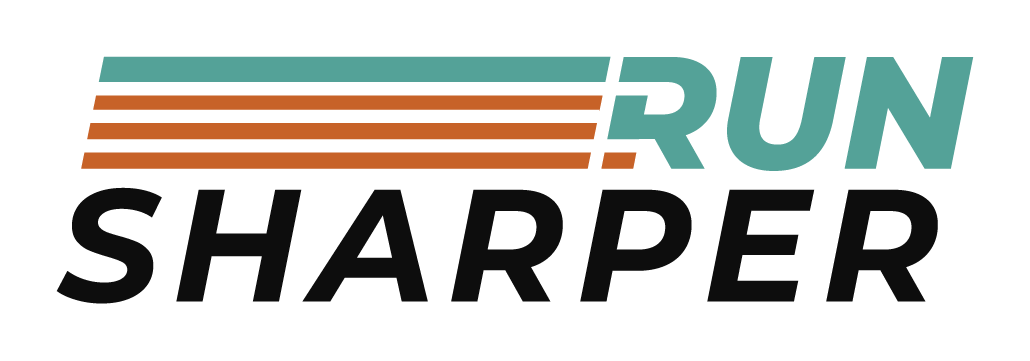Distance Running Lessons from Frank Shorter
I just finished Frank Shorter’s autobiography, My Marathon, and wanted to share some takeaways. It’s a quick read, and I was left wishing Shorter had gone into more detail on his training and racing, especially during his peak in the 1970s. Three primary reflections after reading the book:
Train on the Track to Win on the Road. Shorter had his greatest success at the marathon, but he was also an elite 10,000 meter runner on the track. He credits his twice-a-week track interval sessions with giving him the speed and strength to surge away from his marathon rivals in the middle of races. None of his marathon competitors had the speed to follow Shorter’s mid-race surges and he won several races with this tactic. Even when his rivals knew the surge was coming, they were helpless to do anything about it. Interestingly, Shorter did his aerobic work on the roads by perceived effort, not by strict time paces, so the track workouts were the only training he did against the clock. His goal was to finish the last rep with nothing in the tank: “If I had done them right, had someone held a gun to my head, saying, run another quarter or I’ll shoot, again I would have said go ahead and shoot because it would hurt less.”
20 Mile Long Runs Are Enough. Shorter never did training runs longer than 20 miles. He ran this distance on Sundays but chose not to go further because he felt it would wipe him out and prevent him from completing a Tuesday track session. He got his volume in (usually around 120 miles per week) by running twice a day, essentially every day.
Ride the Pain. New runners are always eager to improve their fitness so running is “easier.” It’s true that running at a given pace will feel less difficult with a better aerobic engine, but the truth is that racing at max effort will always hurt, even for the elites. Runners should embrace the pain and be ready for it on race day. As Shorter describes the last miles of his Olympic marathon win: “I was riding my pain, managing the bone-deep, full-body toothache that comes from running that fast for that long, no matter how good a shape you’re in.” So don’t be afraid of the hurt or dream about a day when winning races is pain-free, because those days don’t exist.

